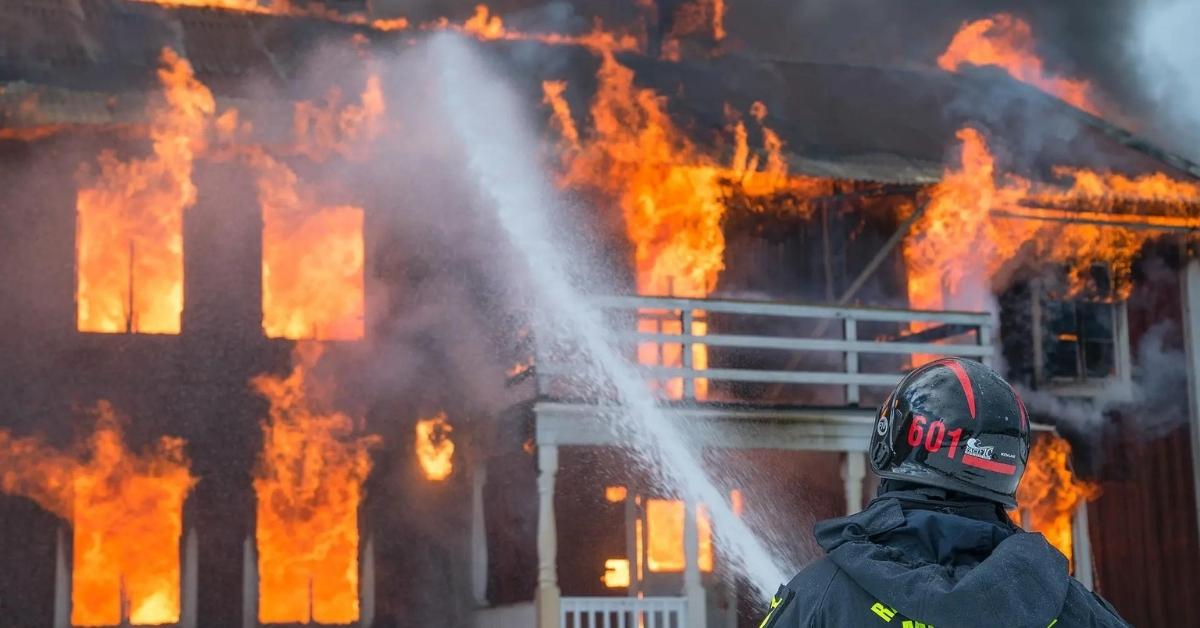By Simon Smith
Fire Retardant VS Fire Resistant
Fire retardant materials, which are designed to burn slowly, are not to be confused with fire-resistant materials, which are designed to withstand scorching heats of up to 4000 degrees Celsius.
For years, there has been a quest to find a surface finish that preserves the natural beauty of timber surfaces, rather than resorting to spreading a dark, honey-like coating fire retardant varnish over them.
While bulk flame retardants have proven effective for many years, the use of surface treatments is now proving promising in localising “flame-retardant chemistry at the exterior of a material, where combustion occurs, in an effort to preserve desirable bulk properties and minimize the amount of additive needed.†(Simone T. Lazar, Thomas J. Kolibaba & Jaime C. Grunlan in Flame-Retardant Surface Treatments, January 2020.)
Often, older buildings have had to be restored to come up to modern-day standards of fire regulation and the standards to reach for this are strict. Giving premises a resistance to burning allows people to exit in good time and minimise damage to buildings. There is a slow growing number of consumer products appearing on the market to this effect, from brush rollers or sprays to fire retardant coatings and intumescent varnish.
Fire Retardants in the Timber Industry
The aim of any fire treatment is to prevent or delay a full burn situation to a specification of time in order to starve the material of oxygen. Most systems allow for a gas to be released to prevent the surface fork from becoming free to oxygen. Historically, ammonia was a component used in the chemical makeup. Rather than depending on ammonia, which gradually leaches from the substrate and over time can reduce its preventive nature, new formulations use Ammonium or nitrogen-rich chemicals.
Fire is a worry for all and there are key factors to take into consideration.
- Wood does burn, but is predictable in path and behaviour.
- Wood takes most surface finishes well.
- Wood can be cut by hand tools and fixed with a multitude of fixings and adhesives. The exposed surfaces are easily treated to give the protection necessary to meet British standards.
Veneering and other specialist hardwoods can now be made to appear as though it has been sprayed with a normal clear finish.
Surface spray finish for fire retardants is a whole new chapter. One of the pioneers of this new finishing technology is Morrells, which we use for all our paints and finishes.
Fire Retardant Wood Finish
The product Xerofire HP Clear wood finish can be applied to sheet materials, hardwoods and softwoods. It can be bought with 10, 20, 30, 40, 50, and 90% sheen levels, making it quite unique on the market.
Xerofire HP Clear is a multi-coat intumescent system, comprising of:
- Single pack solvent-based Isolator (1coat @ 60 -70g/m²)
- 2 pack water-based intumescent Basecoat (1coat @ 180 – 190g/m² – 152 microns wet film thickness)
- 2 pack Acid Catalysed Clearcoat (1coat @ 70g/m²)
This three-part fire-retardant system requires an isolator, base coat and top coat. The clear top coat is an acid-catalyst two-pack product, meaning the receiving timber may need an intumescent coat to avoid the natural timber being affected.
Isolator: designed to isolate timber extractives and recommended to avoid potential discolouration in acid-sensitive timbers such as maple, cherry and ash.
Base coat: an exceptionally clear, waterborne basecoat that during a fire will swell to form an insulating charcoal layer.
Top Coat: In Morrells’ own words, “a two-pack acid-catalyst furniture grade clear lacquer topcoat rated to FIRA 6250 Severe Use.â€
Fire Retardant Applications
To fully cure, the timber needs to be 150 microns wet and requires 2-3 hours to cure at approximately 18 degrees Celsius. This finishing system applied to 12mm chipboard was tested by Warrington fire in September 2020 to BS EN13501-1:2009 and achieved B-s1, d0 Reaction to Fire Classification. (Euro Class B replaced the old UK classification of Class O in the Building Regulations.)
The proven test for Xerofire HP Clear is a one-coat application. However, for some veneering, the substrate adhesive may also play a part and needs to be further looked into.
One area in which this system will sadly not be useful is timber flooring. The TABER (abrasion) test would result in erosion through traffic wear, by default minimising the micron layer and realistically render the system not fit for purpose.
Nonetheless, this new formulation opens up a new world for fire retardant finishing. Currently, the holy grail is for external finishes, which are also being tested. This could offer better options for both site application and application in a controlled environment. Watch this space for more information!
WL West & Sons Ltd is a timber merchant and sawmill business with 150 years of experience. We provide a wide range of air-dried oak and kiln-dried oak timber products and supplies. We also build and install custom projects for our customers.
Our wood products, building materials and certified wood are manufactured and sold with the endorsement of forest certification and the Forest Stewardship Council FSC
For more news, tips and updates, follow us on Facebook, Twitter, or Instagram.
For entirely finished products, timber supplies or woodworking tools, have a look at our Retail Shop (which is temporarily closed for lockdown but will re-open in due course).
Liked this article? More like this:
Hardwood Timber: Ash Wood Properties & Uses



